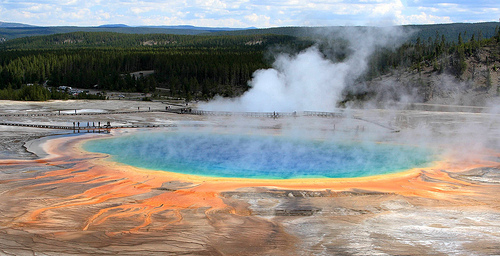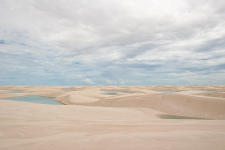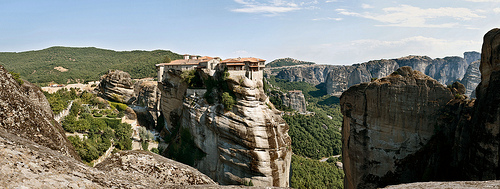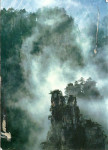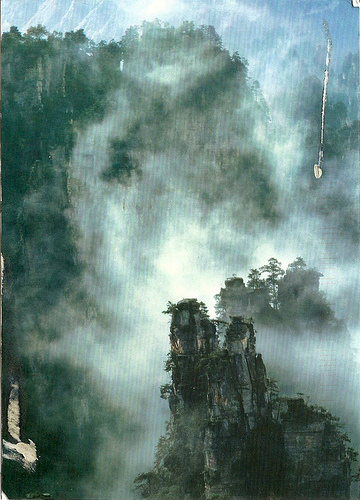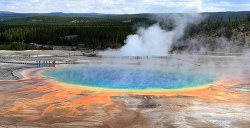
Yellowstone National Park is a magical place.
- Yellowstone National Park is a protected reserve, the majority of which is located in Wyoming, a state in the north-western United States of America.
- Yellowstone National Park was first declared a national park on 1 March, 1872, by then president Ulysses Grant, and is said to be the first designated national park on earth, and it was listed as a UNESCO World Heritage site in 1978.
- Yellowstone National Park covers an area of 8,983 square kilometres (3,468 square miles), and is filled with water bodies, rock formations and a variety of habitats.
- Yellowstone National Park has a notably large lake at high altitude that covers America’s biggest super volcano and the largest caldera in the world, while the caldera spans a distance of 45 kilometres by 75 kilometeres (27 miles by 45 miles), and is said to be still active, and has shaped much of the surrounding land.
- Yellowstone National Park features up to 465 active geysers of the 1280 or so that exist in the park, including the famous ‘Old Faithful Geyser’, and they total approximately 66% of the world’s total number of geysers, and the park also boasts 10,000 geothermal features, of which the world has approximately 20,000.
Grand Prismatic Spring in Yellowstone National Park
Image courtesy of Frank Kovalchek/Flickr
- Yellowstone National Park is hit by minor earthquakes annually by the thousands; one of the greatest being a 7.5 magnitude quake that created a lake due to a dam collapse in 1959.
- Yellowstone National Park is the home to 1700 native flora species, such as trees, as well as the endemic Yellowstone sand verbena; 311 bird species and approximately 60 mammal species, including wolves, elks, bison, grizzly bears and lynx.
- Forest fires commonly occur in Yellowstone National Park annually, generally caused by lightning, and the fires are necessary events for the park’s habitat.
- Yellowstone National Park is visited by approximately two million tourists annually, that are catered for by hotels, lodges and cabins that as a whole, contain more than 2,000 rooms, as well as campgrounds with more than 2,000 campsites.
- Yellowstone National Park can be accessed and driven through in automobiles, and there are hiking paths totalling 1770 kilometres (1100 miles) in length.
Bibliography:
Yellowstone National Park, 2014, Montana, http://www.visitmt.com/national_parks/yellowstone/
Yellowstone National Park, 2014, Wikipedia, http://en.wikipedia.org/wiki/Yellowstone_National_Park
Yellowstone National Park, 2014, World Heritage Convention UNESCO, http://whc.unesco.org/en/list/28






